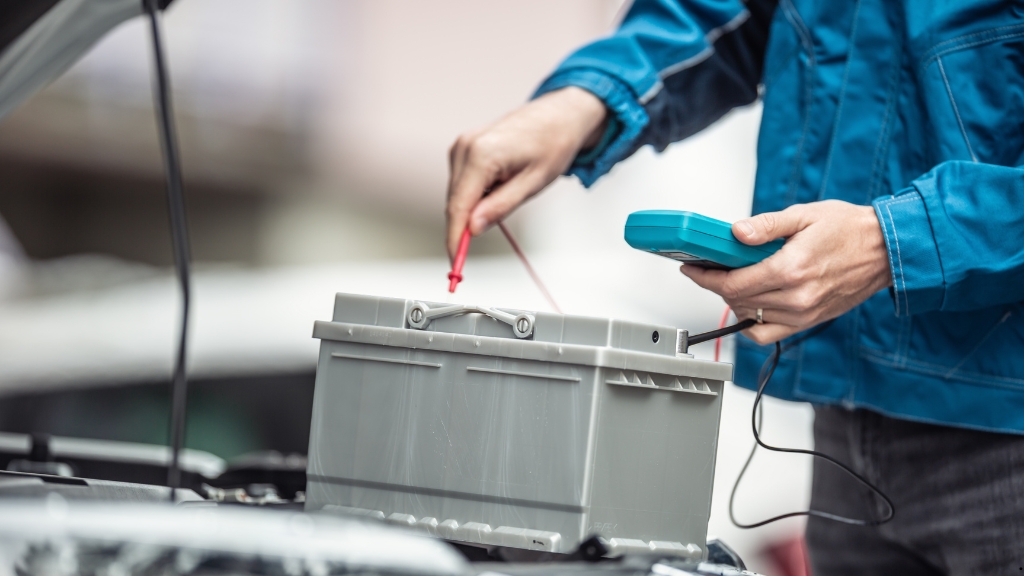
The Secrets to Extending Your Car’s Lifespan Beyond 200,000 Miles: Essential Tips Revealed
by Elton Jordan
If you’re like me, you want your car to last as long as possible. With the right care and attention, hitting the 200,000-mile mark isn’t just a dream—it can be a reality. Many drivers underestimate the impact of regular maintenance and smart driving habits on their vehicle’s longevity.
In this article, I’ll share some tried-and-true secrets that can help you extend your car’s lifespan well beyond that milestone. From simple maintenance tips to lifestyle changes, each step plays a crucial role in keeping your vehicle running smoothly for years to come. Let’s dive into the ways we can maximize our cars’ potential and save money in the long run.
Understanding Your Car’s Lifespan
Understanding your car’s lifespan involves recognizing key factors that affect how long it lasts. Many drivers overlook these elements, yet they play a vital role in reaching that coveted 200,000-mile mark.
Factors Influencing Car Longevity
Several factors influence car longevity.
Driving Conditions: Frequent driving in harsh conditions, like heavy traffic or extreme weather, shortens a car's lifespan.
Driving Habits: Aggressive driving, such as rapid acceleration and hard braking, increases wear on components.
Vehicle Type: Some brands and models naturally offer greater durability, often due to their engineering and materials.
Mileage: Higher annual mileage can lead to quicker wear, impacting longevity.
Fuel Quality: Using lower-quality fuel can cause engine deposits and damage over time.
Importance of Regular Maintenance
Regular maintenance ensures that your car stays in top shape.
Oil Changes: Frequent oil changes prevent engine wear and maintain lubrication.
Tire Care: Regularly checking and rotating tires promotes even wear, extending their lifespan.
Fluid Checks: Monitoring all fluids, including transmission and coolant, helps prevent costly repairs.
Brake Inspections: Keeping brakes in optimal condition ensures safety and performance.
Scheduled Servicing: Following the manufacturer’s maintenance schedule allows for early detection of potential issues.
Emphasizing these factors aids in prolonging the time before needing repairs and ultimately increases the vehicle's longevity.
Essential Maintenance Practices
Regular maintenance practices significantly enhance a car’s lifespan, especially when aiming for 200,000 miles. Key areas of focus include oil changes, fluid checks, tire care, and rotation.
Oil Changes and Fluid Checks
Oil changes maintain engine health by removing contaminants. I schedule oil changes every 3,000 to 5,000 miles, depending on the oil type. Regularly checking engine oil levels ensures proper lubrication. I also monitor coolant, brake fluid, transmission fluid, and power steering fluid levels, replacing them as needed. Keeping an eye on these fluids prevents overheating and other potential issues, enhancing the engine's overall performance.
Tire Care and Rotation
Tire care affects not only safety but also fuel efficiency. I check tire pressure monthly, ensuring it aligns with manufacturer recommendations. Maintaining proper tire pressure increases fuel efficiency and promotes even tire wear. I rotate tires every 6,000 to 8,000 miles to ensure uniform wear patterns. Additionally, I inspect tires for tread depth and sidewall damage, replacing worn tires promptly. Properly maintained tires contribute to a smooth ride and increase overall vehicle longevity.
Driving Habits That Impact Lifespan
Driving habits significantly influence a car's lifespan. Adopting mindful practices leads to greater longevity and often results in lower maintenance costs.
Gentle Driving Techniques
Gentle driving techniques promote vehicle health. Accelerating slowly reduces engine strain, while gradual braking extends brake life. Keeping within speed limits lowers engine wear and enhances fuel efficiency. Additionally, smooth cornering prevents unnecessary stress on the suspension. Prioritizing these tactics can lead to improved performance and longevity for my vehicle.
Avoiding Short Trips
Avoiding short trips helps maintain optimal engine temperature. Frequent short journeys may prevent the engine from reaching its ideal operating temperature, which can lead to increased wear due to excess fuel condensation. Whenever possible, combining errands into longer trips can extend the lifespan of my car. I also prioritize planned routes that minimize stop-and-go traffic, reducing wear on the brakes and drivetrain. By focusing on efficient driving patterns, I can help my vehicle last much longer.
Enhancements and Upgrades
I focus on enhancements and upgrades as strategic methods to extend a car's lifespan beyond 200,000 miles. Regular inspections and performance upgrades form the backbone of an effective longevity strategy, ensuring consistent vehicle health.
Regular Inspection and Repairs
I prioritize regular inspections to catch potential issues early. Key areas include engine performance, brakes, tires, and transmission. Conducting inspections every 5,000 miles ensures that problems are identified before they escalate. Rotating tires, aligning wheels, and checking brake pads also help maintain safety and efficiency. Additionally, I replace worn components promptly, as this prevents further damage and costly repairs down the line. Maintaining records of inspections and repairs promotes transparency, allowing me to track the vehicle's condition over time.
Performance Upgrades for Longevity
I consider performance upgrades to enhance a car's durability. High-quality synthetic oil extends engine life by reducing friction and wear. Installing a cold air intake can improve engine breathing and fuel efficiency, contributing to overall health. Upgrading to a high-performance exhaust system can also help the engine run cooler and optimize performance. Furthermore, enhanced suspension systems improve handling and ride quality, reducing strain on the vehicle. Regularly servicing these upgrades ensures that they function effectively while promoting the longevity of my vehicle.
Conclusion
Reaching the 200,000-mile mark isn’t just a dream; it’s a goal I believe every car owner can achieve with the right approach. By prioritizing regular maintenance and adopting smart driving habits, I’ve seen firsthand how vehicles can thrive well beyond their expected lifespan.
It’s all about being proactive and attentive to your car's needs. From routine oil changes to gentle driving techniques, every little effort adds up. Investing time and care into my vehicle not only saves money on repairs but also enhances my driving experience. With these strategies in mind, I’m confident that you can enjoy many more miles on the road.
